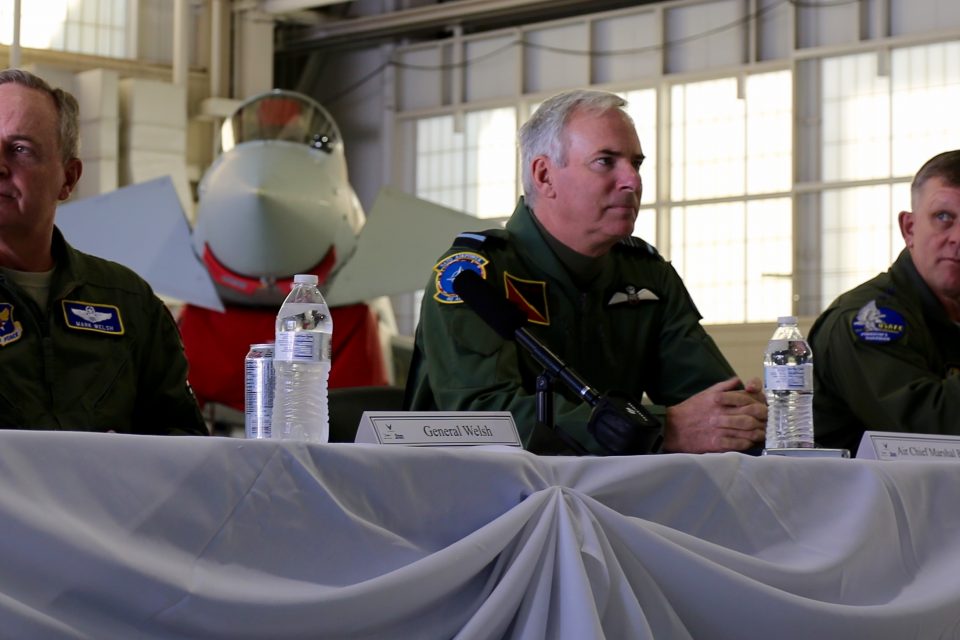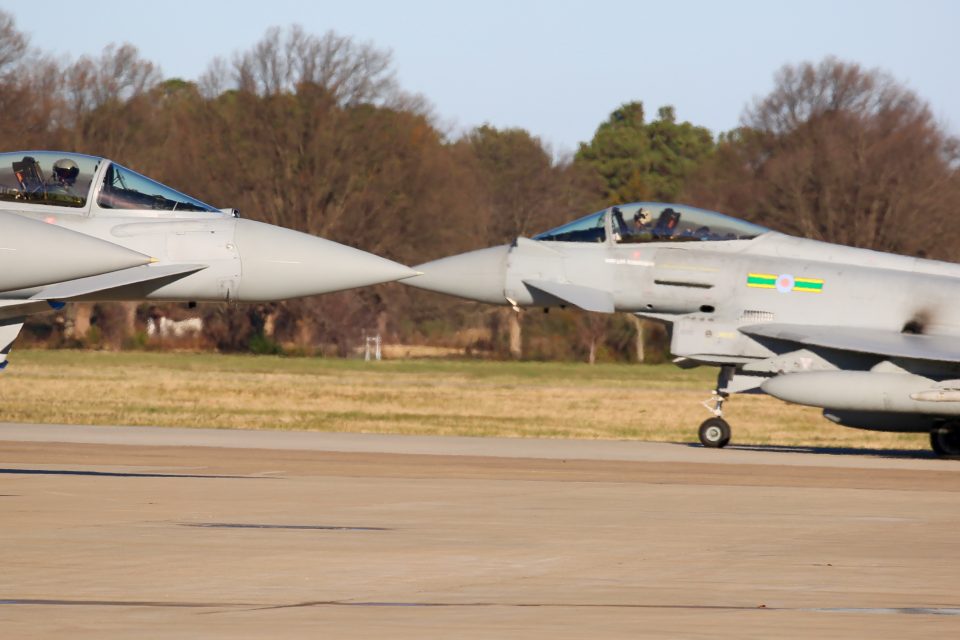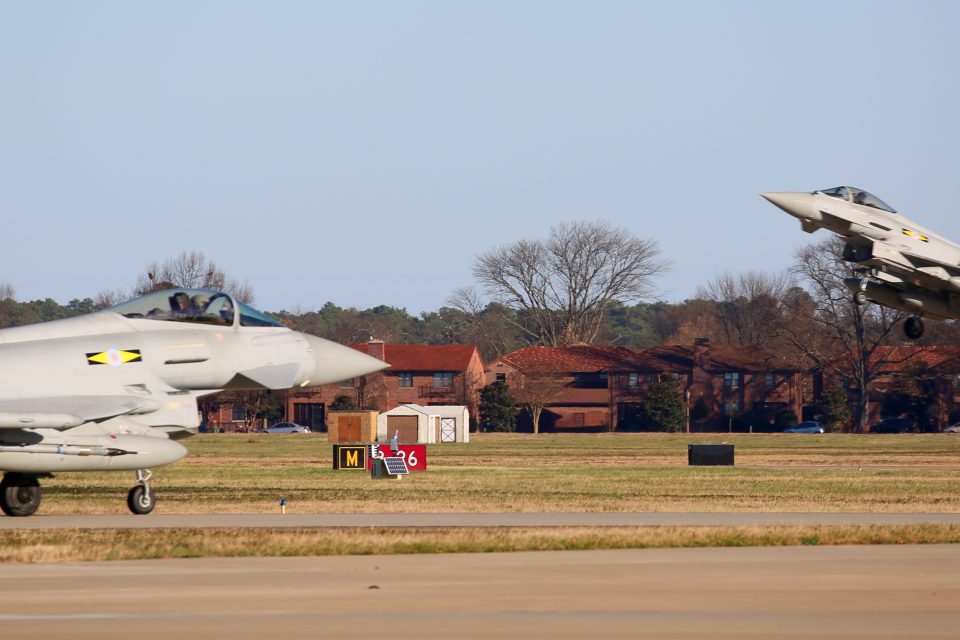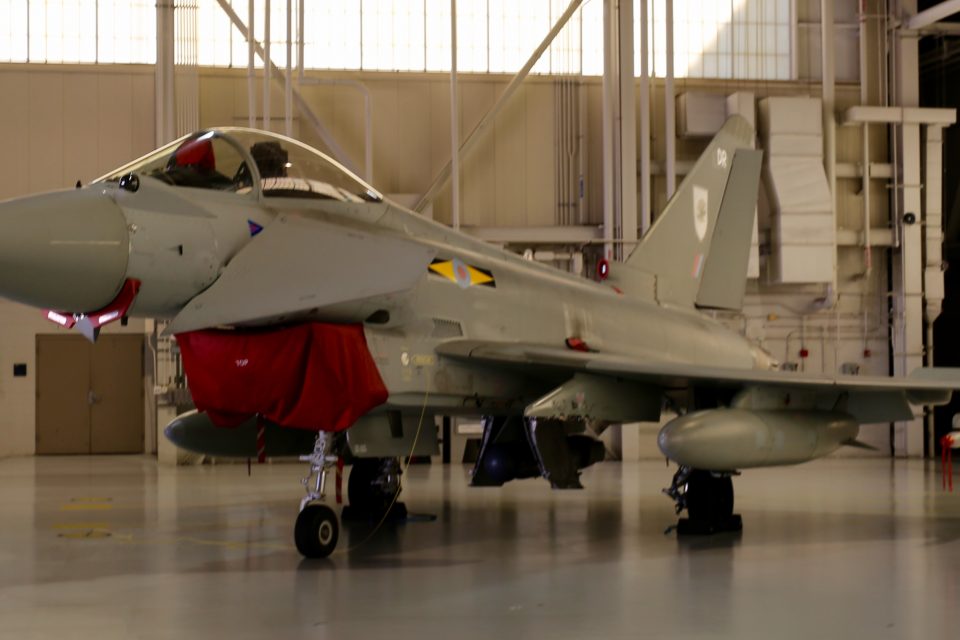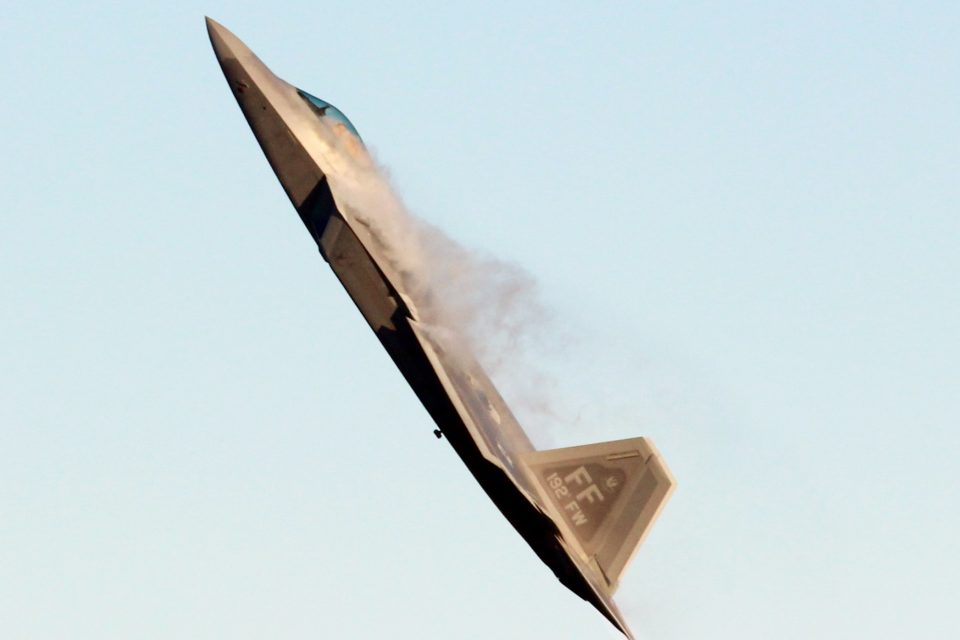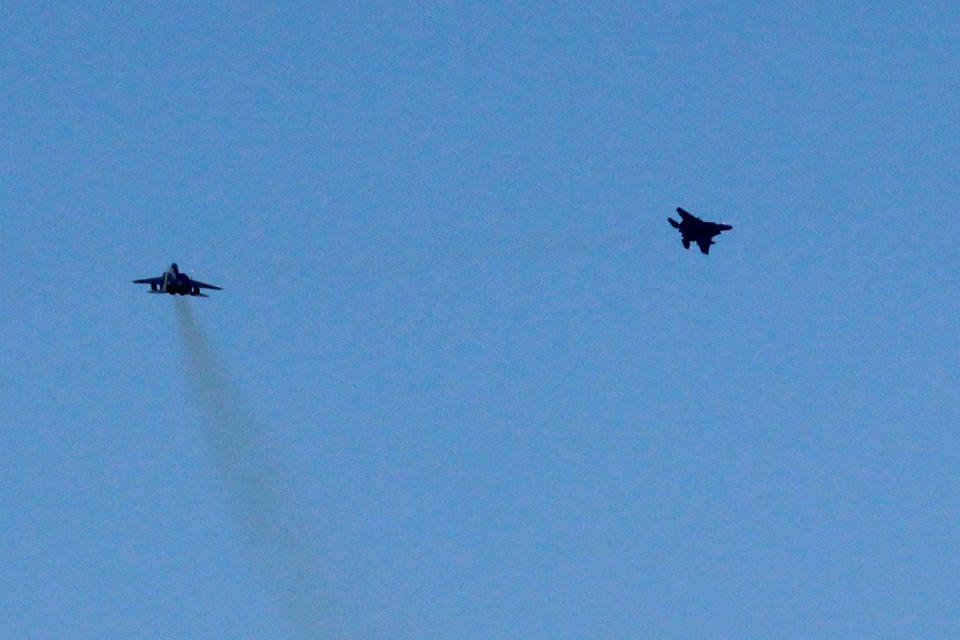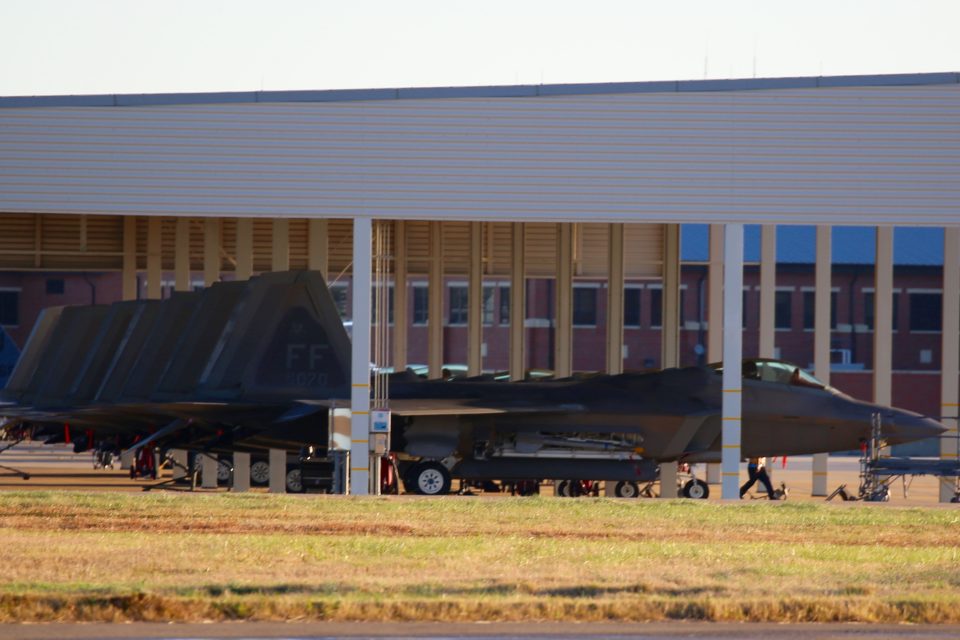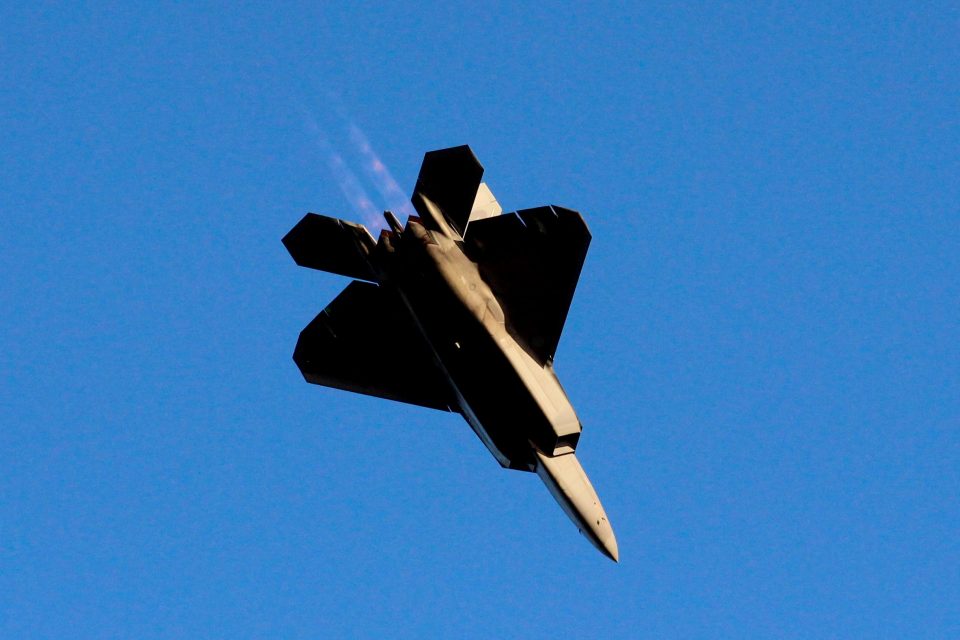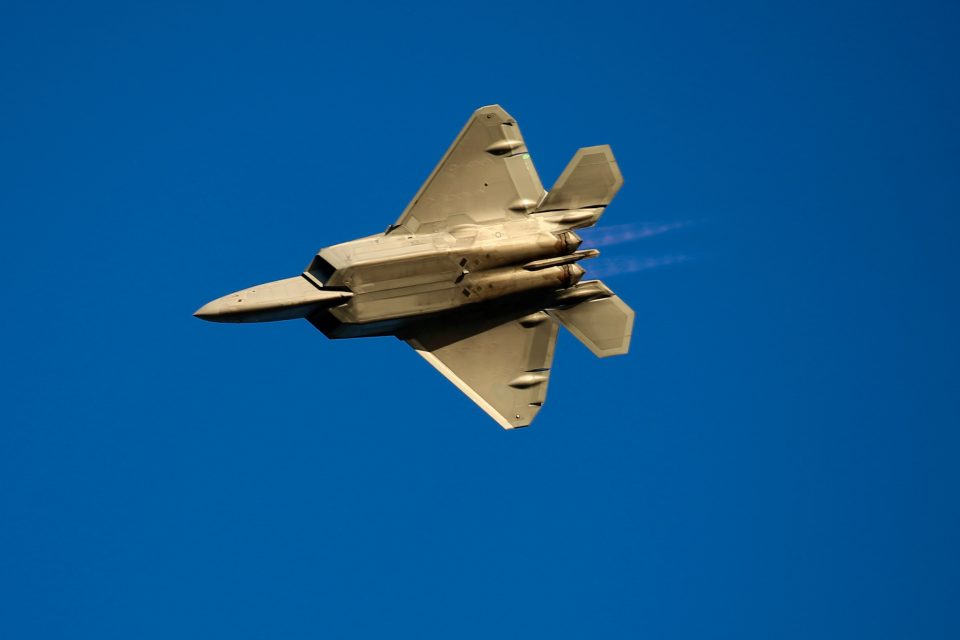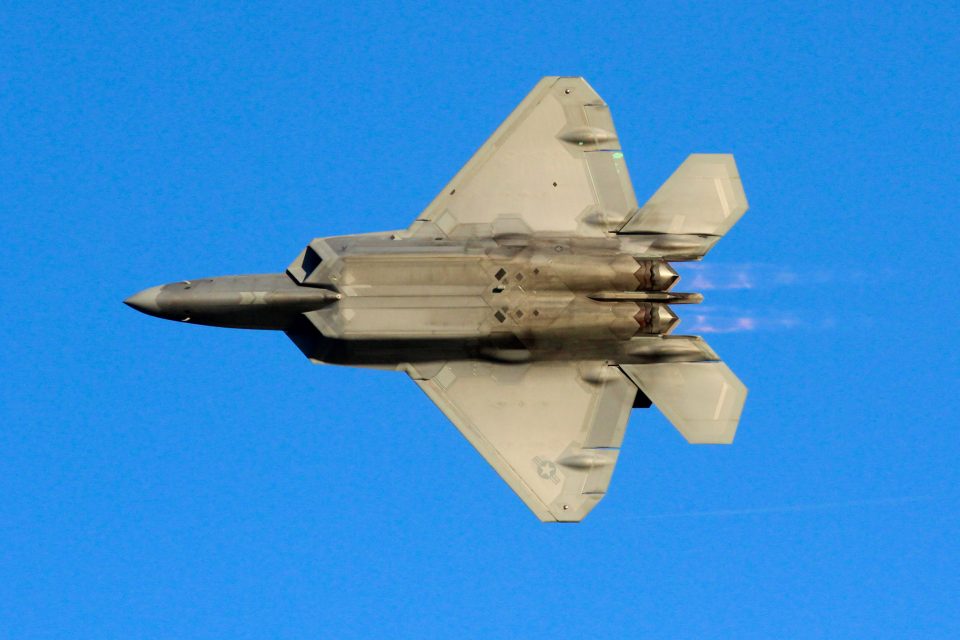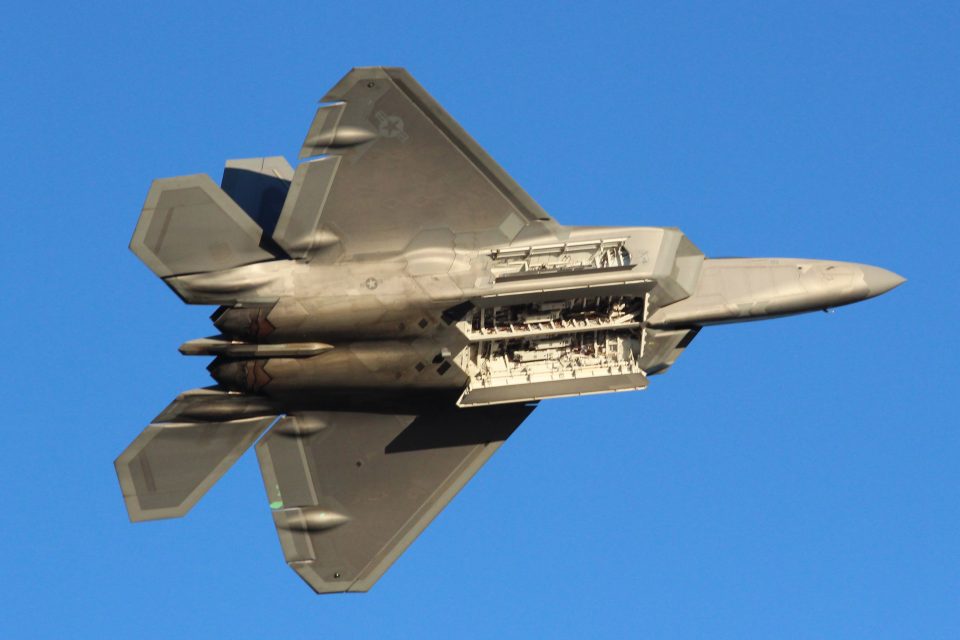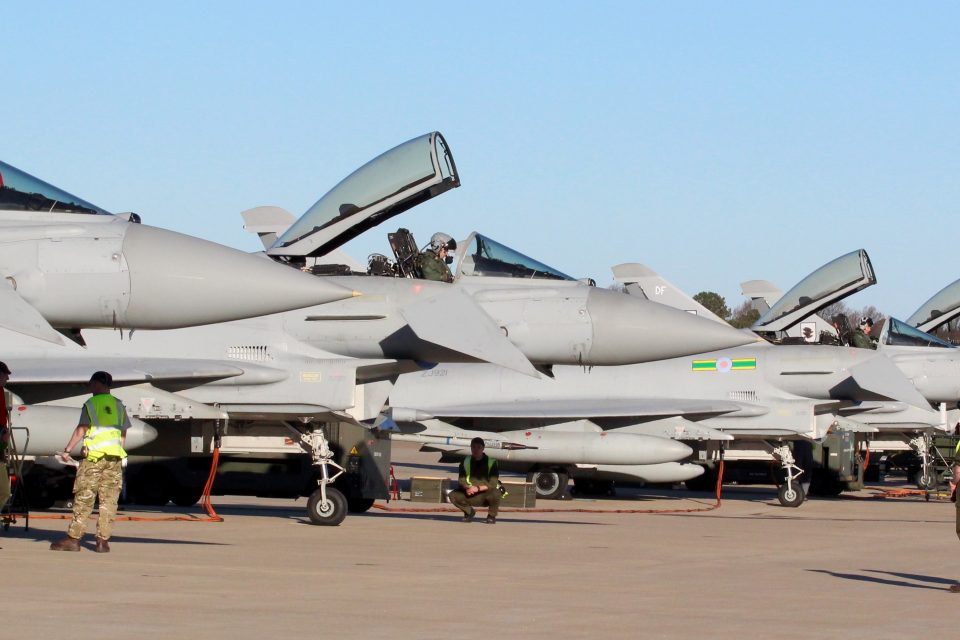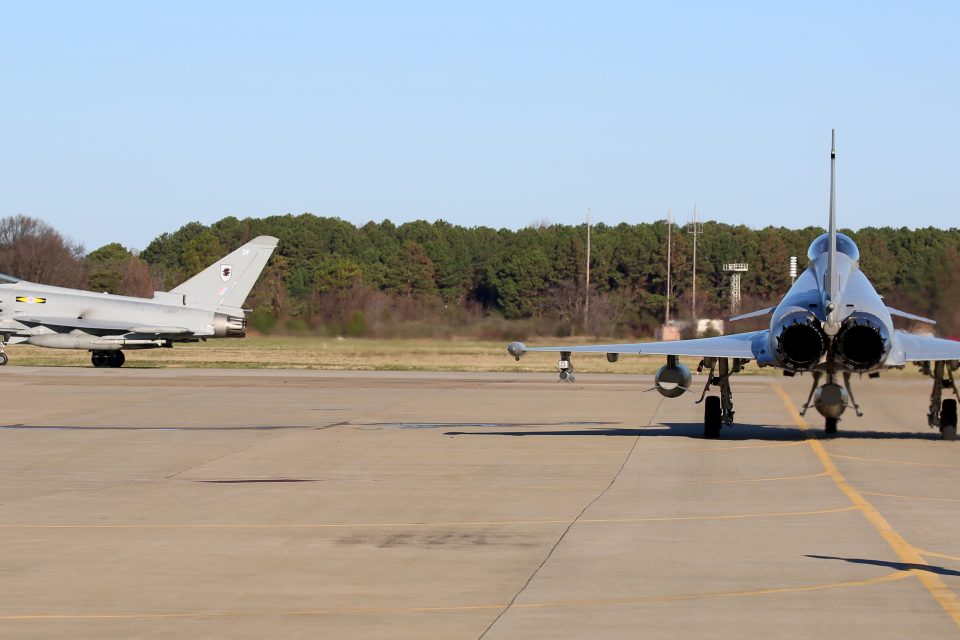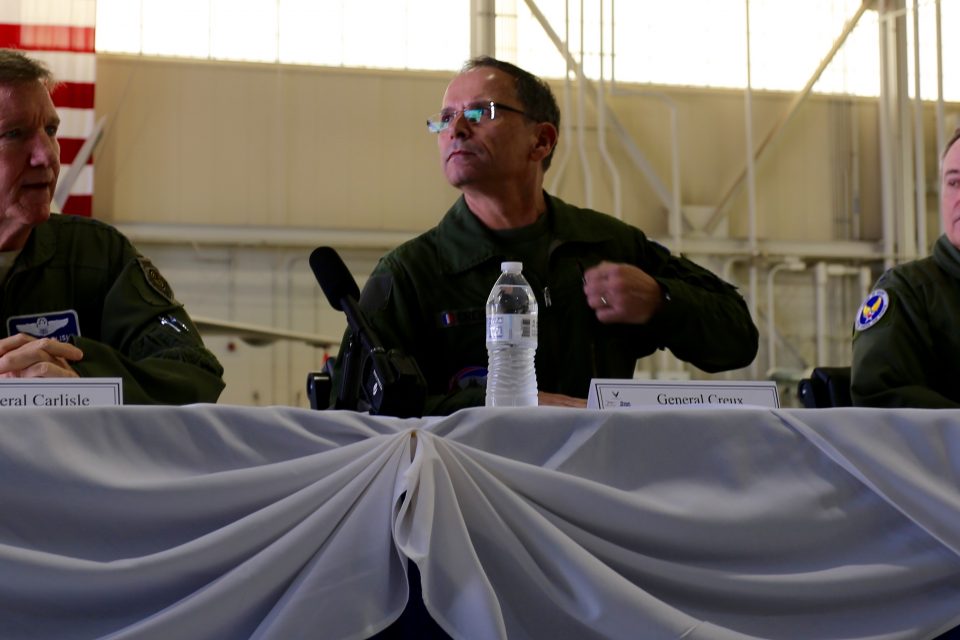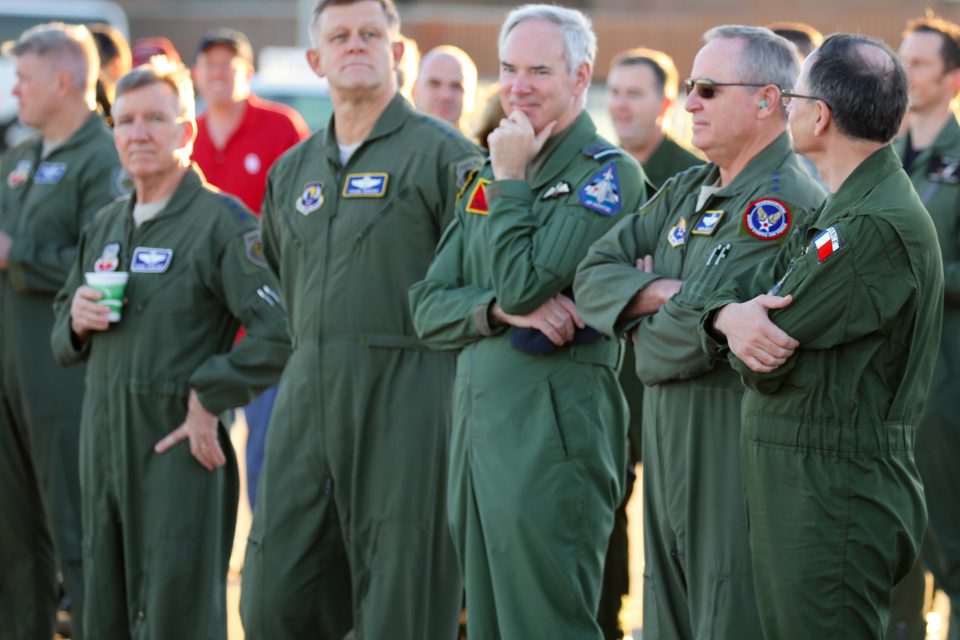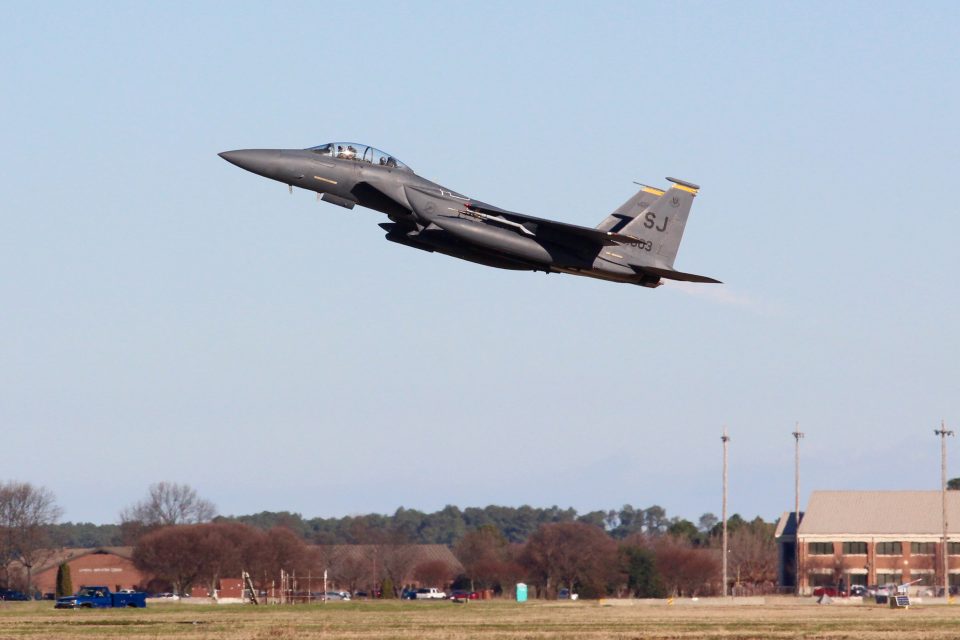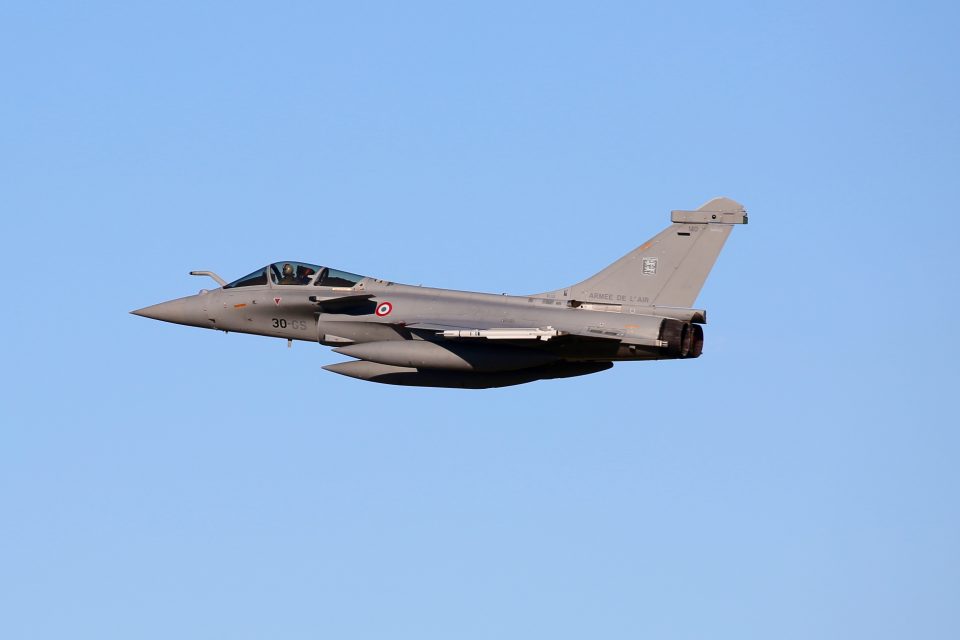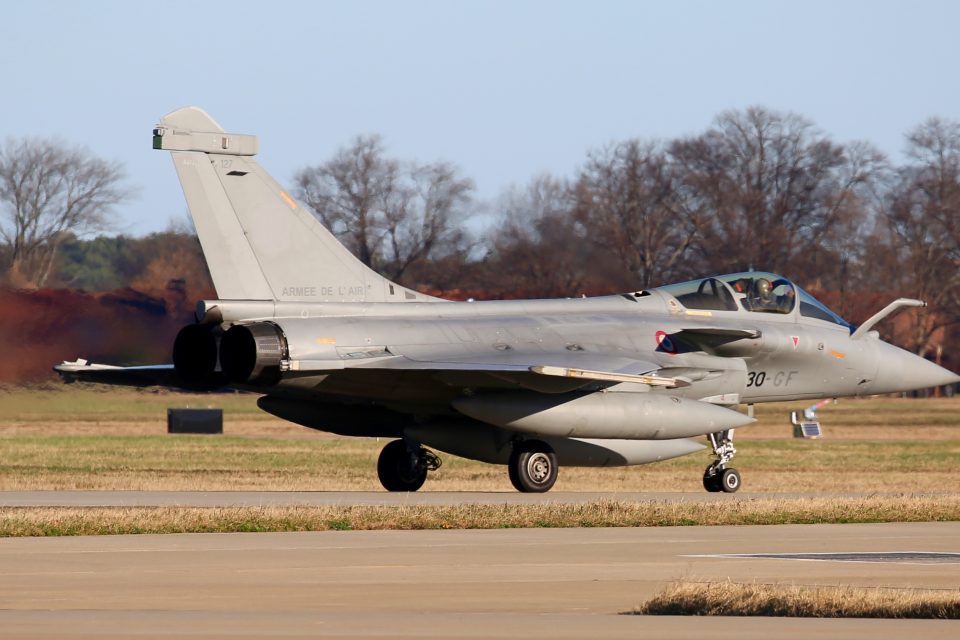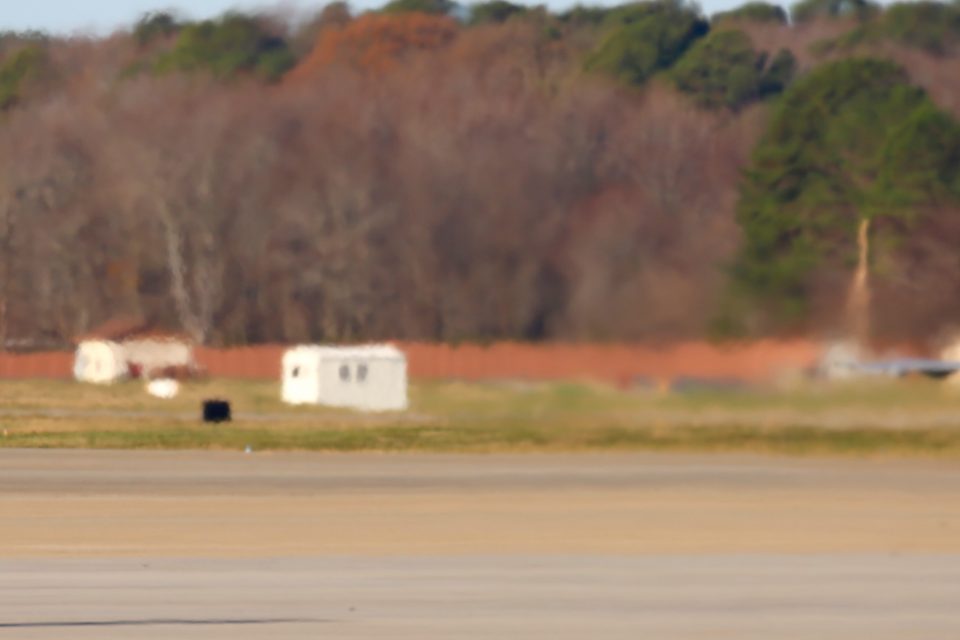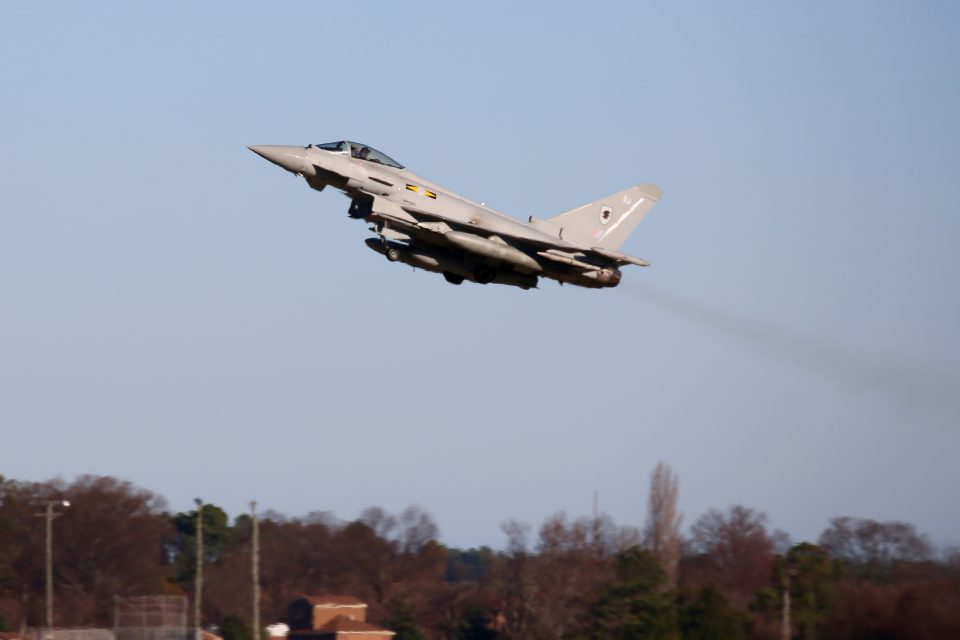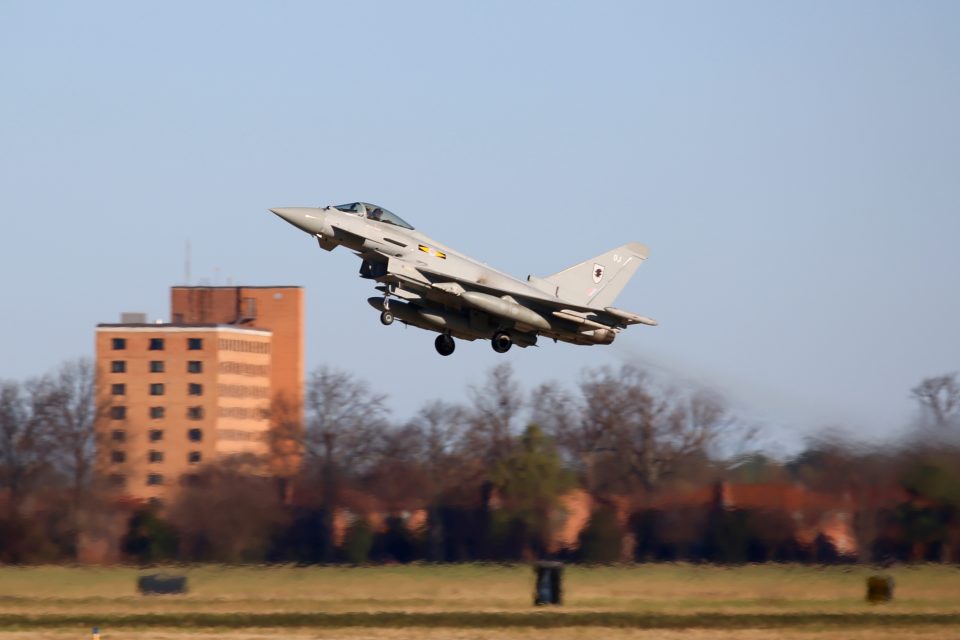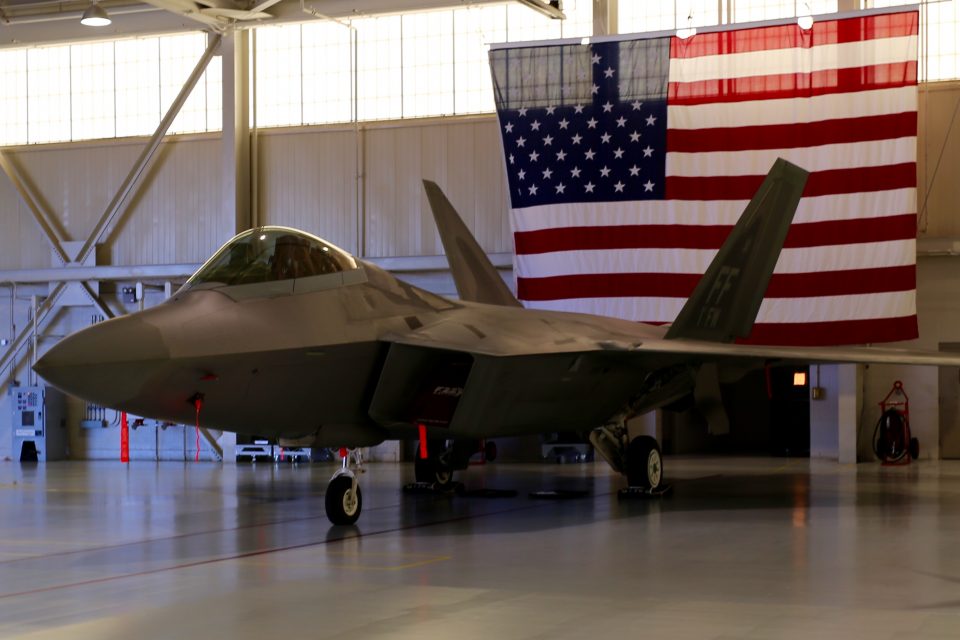2015-12-16 The Air Combat Command held a media day on December 15, 2015 to highlight the first trilateral exercise.
The origin of the exercise goes back to the establishment of the trilateral agreements in 2010.
Murielle Delaporte published an article in 2013 which looked at the process and the focus of attention.
Coalition operations are becoming a norm for democracies. Effective coalition operations are built on solid military planning, exercises, and training, as well as on shared experiences. A key example of such collaborative efforts is the Trilateral Strategic Initiative, established in October 2010 by the Air Force chiefs of staff of the US, France and the UK, then Gens. Norton Schwartz, Jean-Paul Palomeros and Air Chief Marshal Sir Stephen Dalton.
Col. Cyril Carcy, the only French Air Force officer currently embedded with U.S. Air Force’s Strategic Studies Group as a result of this enhanced cooperation among the three countries, describes the three pillars of the TSI this way: “Mutual trust among upcoming Air Force decision-makers, which is essential to prepare the future; integration of the three Air Forces, which goes beyond interoperability; air power advocacy, which means that air chiefs may speak with a coherent and unified voice.” Trust, integration and advocacy are the credo guiding the USAF, the FAF and the RAF on the road to enhanced military cooperation and integration among themselves, but also within and beyond NATO.
Trust: “In The Winds of History”
“When I was a Jaguar pilot in 1995, not a single month would go by without a combined mission with my British or American counterparts,” recalls Col. Carcy. “Our respective air forces always worked together very spontaneously whether in Bosnia, Kosovo, Afghanistan, and more recently in Libya and Mali.” And those ties have grown closer. After France rejoined NATO’s integrated military command in 2009 and France and the UK signed the Lancaster House Treaty in 2010, this trilateral relationship has intensified, building on core attributes shared by the three NATO air powers:
All three states are nuclear powers and permanent members of the UN Security Council, each with political processes which enable prompt military intervention when necessary.
Strategically, they share a congruent analysis and vision of world threats and risks (international terrorism; cybersecurity; global commons; etc).
Militarily, they have in common a wide array of capabilities including expeditionary forces and Command and Control (C2) structures.
The build-up of trust has not been achieved overnight and is underpinned by a long tradition of a significant number of exchange officers. As far as Franco-American exchanges are concerned, about 10 different units, from academics to operational squadrons on each side of the Atlantic are involved. These include a French aerospace teacher assigned to the U.S. Air Force Academy, French and US pilots flying A-10s and Mirage 2000 fighters respectively, CSAR helicopters Sikorsky MH-60G Blackhawk and Eurocopter EC 725 Caracal, and even C-130s.
This emphasis on officer exchanges is true at both the US-UK and at Anglo-French levels: “Since the summer 2012, a British pilot has been flying Rafales, and a French pilot flying Typhoons. In Afghanistan the exchange was between Mirage 2000 and Tornado.
In my case,” the colonel said, “at the strategic level, I work side by side with my British counterpart for the Chief of the Air Staff, while the same logic applies in London and Paris, involving a total of nine officers dedicated to assist the three Chiefs in their efforts to reinforce air power integration.”
Integration: Optimizing C2
In addition to the establishment of a long-lasting network of interconnected officers, the TSI has been very active over the past two years organizing workshops in each country, four so far this year and one is planned for the beginning of next year. “These workshops are aimed at helping us to better know each other and at increasing mutual trust, as well as our ability to work collectively.
The goal is not to create interoperability, since we already have achieved that, but rather to bring this level of interoperability up to a higher and more effective level of integration. Indeed, a workshop dedicated to C2 processes, targeting and information sharing was held last December in Lyon and gathered about 40 specialists,” explains the French officer.
This focus on command and control coherency as “the most important near-term priority” was set as a result of lessons identified during the Libyan operations as early as July 2012 and was shared with allies in a joint letter from the three Air Chiefs to the NATO SACT (Supreme Allied Commander Transformation).
While recent operations – Afghanistan, Libya, Mali – have provided an ongoing learning process about capability gaps and lack of common processes, they have also demonstrated the benefits of this patiently-built groundwork among NATO airpowers, allowing smooth plug-and-play of respective capabilities.
“In Mali, in addition to tactical and strategic airlift, British and American air support to the Armée de l’air came as a result of this joint work in the area of targeting and information sharing.
We were able to plug and play capabilities, such as the UK Sentinel and the Reaper,” says Carcy. “NATO is a fantastic foundation in terms of standardization and interoperability.
There is no need to reinvent new procedures and we need only to fine-tune them as we move forward together. However, as new types of crises emerge, we need to be able to team up with other partners for an ad hoc response.”
Advocacy: The Snowball Effect
The way to look at the “Trilateral“ is not as a fixed alliance or some kind of triumvirate other allies might resent, but as a catalyst to integrate a “coalition of the willing” by aggregating other air powers to cope with crises. Through training and recent operations, new types of partnerships are starting to emerge.
For Colonel Carcy, Abu Dhabi’s Air Warfare Center is an extraordinary illustration of this patient buildup of the ability for multiple nationalities to fly and operate together, whether Qatari, Emirati, Kuwaiti, American, British or French. The center offers similar exercise capabilities to those practiced during NATO’s Red Flag series, allowing refinement of Tactics, Techniques and Procedures (TTPs) among fighter units.
“During the Libyan operation, the French and the Qatari Air Forces were able to operate together in Souda Bay for eight months. The Qatari airmen are trained in France on Mirage 2000s, but were not familiar with NATO processes, so we first flew in formation with one Qatari Mirage 2000 and one French Mirage 2000 as the lead, then the Qatari took the lead and then two Qataris would fly missions on their own.
This has been superb teamwork,” says Carcy, who strongly believes this is the way to go as emerging crises require new types of regional partnerships inside and outside of NATO.
The idea is to integrate these new partners into an already robust and skilled framework of trilateral C2 and enabling capabilities so that a multinational air campaign can be quickly and efficiently constructed. Colonel Carcy refers to this new type of coalition as “tiered or differentiated participation”.
Training and exercises are absolutely crucial to this ambition. For example, Red Flag Alaska, will for the first time this summer include bilateral training flights between the South Korean and Japanese Air Forces (the ROKAF and JASDF).
The Trilateral Strategic Initiative is of course not immune to non-military factors, whether political or economic, especially at a time when defense budgets are in decline. But this partnership is preparing airmen to promptly deliver a coherent and robust response to any contingency.
The Libya and Mali campaigns highlighted the need for the three air forces to increase cooperation in order to provide decision-makers a credible and flexible tool able to operate within a NATO operation, or as a core team tailored to aggregate any willing partner.
“The next step,” concludes Colonel Carcy with a smile, “would be, given the evolving nature of warfare, to extend the trilateral approach on a joint basis beyond the air forces to work closely with the Armies and Navies and fully integrate the three dimensions of the battlefield…”
This article is based on an interview with Col. Cyril Carcy, French exchange officer at the Strategic Studies Group, USAF Headquarters.
The photos in the slideshow below were shot by the Second Line of Defense team at the event, and highlight the F-22 demonstration event, and then the F-22s, Typhoons, Rafales and F-15s taking off for the exercise on that day.
The final photos show the panel of air force leaders — USAF chief Mark Welsh, ACC Commander, Hawk Carlisle, Sir Andrew Pulford, Chief of the RAF, General Antoine Crux, the French Air Force Inspector General, USAFE CO General Frank Gorenc — who discussed the exercise and some aspects of the way ahead for coalition airpower.


